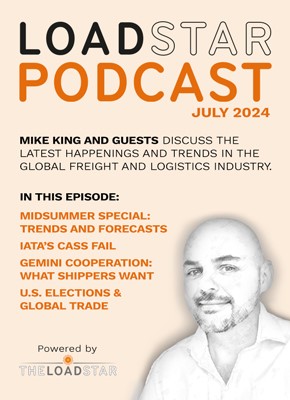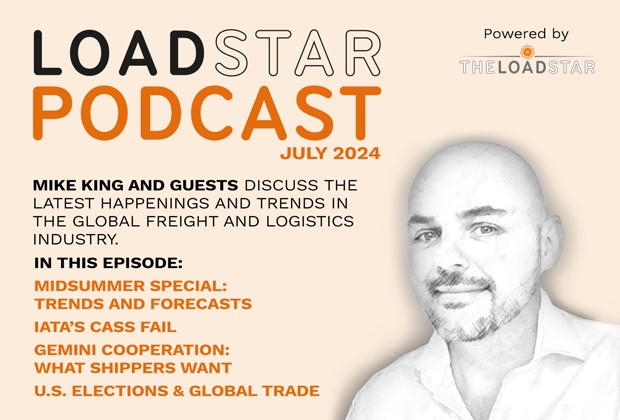
With the benefit of hindsight, ocean carriers would not have been anywhere near as bullish with their scrubber strategies, it was claimed this week.
Japanese ocean carrier ONE has just 5% of its fleet fitted with the exhaust gas cleaning systems, compared with HMM’s 80%, Evergreen’s 57% and MSC’s 43%.
Alphaliner said the top ten carriers “continue to have different views on scrubbers”, with MSC the biggest advocate, with 170 scrubber-fitted vessels and a further 58 undergoing retrofits.
Notwithstanding its initial reluctance to use scrubbers, Maersk now has 97 vessels fitted with the technology, with a further 29 subject to retrofits, making it second to its 2M partner in supporting its use.
Famously describing the fitting of scrubbers to mitigate the impact of higher fuel costs from IMO 2020 regulations as “a no brainer”, MSC has yet to earn a return on its circa-$1.8bn investment, due to the collapse of the price of oil at the onset of the pandemic.
At the originally predicted $300 per ton difference between the price of low-sulphur 2020-complaint fuel and the heavy fuel oil that can still be consumed by ships fitted with scrubbers, it was estimated that an ULCV deployed on the Asia-Europe tradelane could potentially recover its installation costs within 18 months.
However, the cost of low-sulphur fuel has slumped to just half the $600 a ton price at the start of the year, bringing the cleaner fuel on a par with the industry norm bunker fuel used by the majority of ships prior to 1 January.
Moreover, the margin between the two fuels has settled at about $40, with the higher sulphur content fuel currently approximately $260 per ton.
Given the much smaller price spread, the time that will be needed to recover the investment in scrubbers by carriers will be extended by “many years”, according to one analyst The Loadstar spoke to recently.
“I think that, with the benefit of hindsight, the carriers would not have been anywhere near as bullish with their scrubber strategies,” he said.
“We also don’t know how long scrubbers have got before there is a move to restrict their use wider than in the ever-increasing number of ports that have banned them in their waters,” he added.
Nevertheless, whether scrubbers turn out to have been a wise investment or not, the liners are currently being compensated handsomely by soaring freight rates across most of the world’s tradelanes.
And in a win-win result, the cost of bunker fuel, whether low-sulphur or heavy fuel with scrubbers, looks set to remain low for the foreseeable future.
“We are continuing to watch our costs, but I have to admit that the squeeze is not as great as before, and whether we run our ships on low-sulphur or not is not going to make a big difference to our results, which will be very good this year,” one carrier source told The Loadstar.




